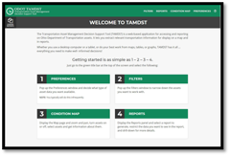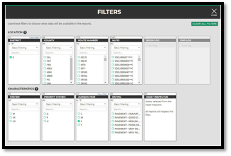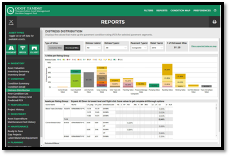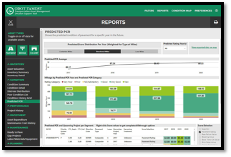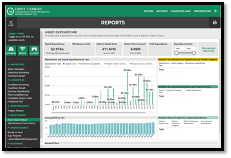The Ohio DOT developed a Transportation Asset Management Decision Support Tool to provide a mechanism for ODOT managers to make decisions on adequate information for optimizing the performance and cost-effectiveness of infrastructure assets.
This tool supports investment decisions and demonstrates the return on those investments both quantitatively and qualitatively.
The tool was developed and implemented through the following approach:
Subarea: Project Planning, Scoping, and Design (E.2)
Element: Data-Driven Project Planning and Scoping (E.2.a)
User needs and use cases for the proposed decision support tool were developed by a cross-functional team. Recommendations were provided through 1) a series of workshops with individual business and data subject matter experts, 2) engagement of executive management to establish decision-making values and priorities, and 3) review of tools of peer agencies.
Step 2: Develop Data SourcesEnterprise data needs were identified, and associated reference and master data sets were developed from source systems.
Step 3: Configure Off-the-Shelf Business Intelligence ToolsRequirements for a configurable, off-the-shelf solution were developed to ensure long-term sustainability. A custom solution was identified as a risk.
Step 4: User Engagement and TrainingStaff were allowed dedicated time away from routine business responsibilities. An agile approach was used for delivery.
Step 5: Data Quality ImprovementIntegrating data and formalizing metrics exposed data quality issues. Resources and responsibilities for quality were assigned.
Centralized portal for data access
LeadershipExecutive endorsement and vision from onset
ExpertiseBusiness Engagement, Data Architecture & Management, BI Software & Dashboards
CoordinationCross-functional teams & training; Central office, field, and support staff
ChangeImpacts to Roles and Responsibilities, Accountability for data-informed decisions, Data Issues Exposed
